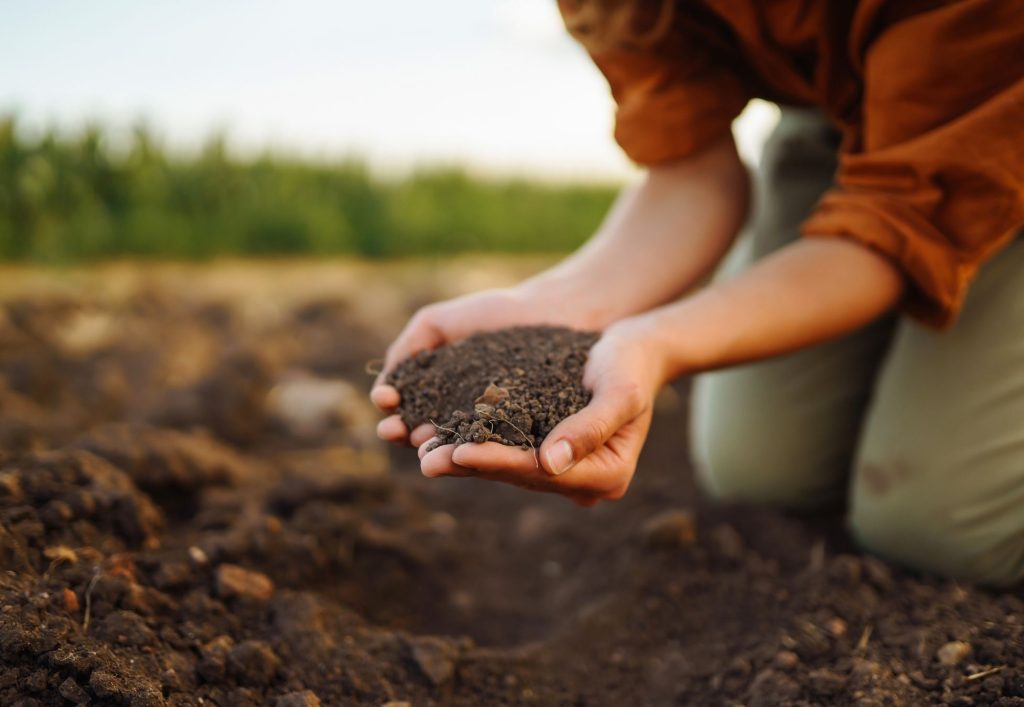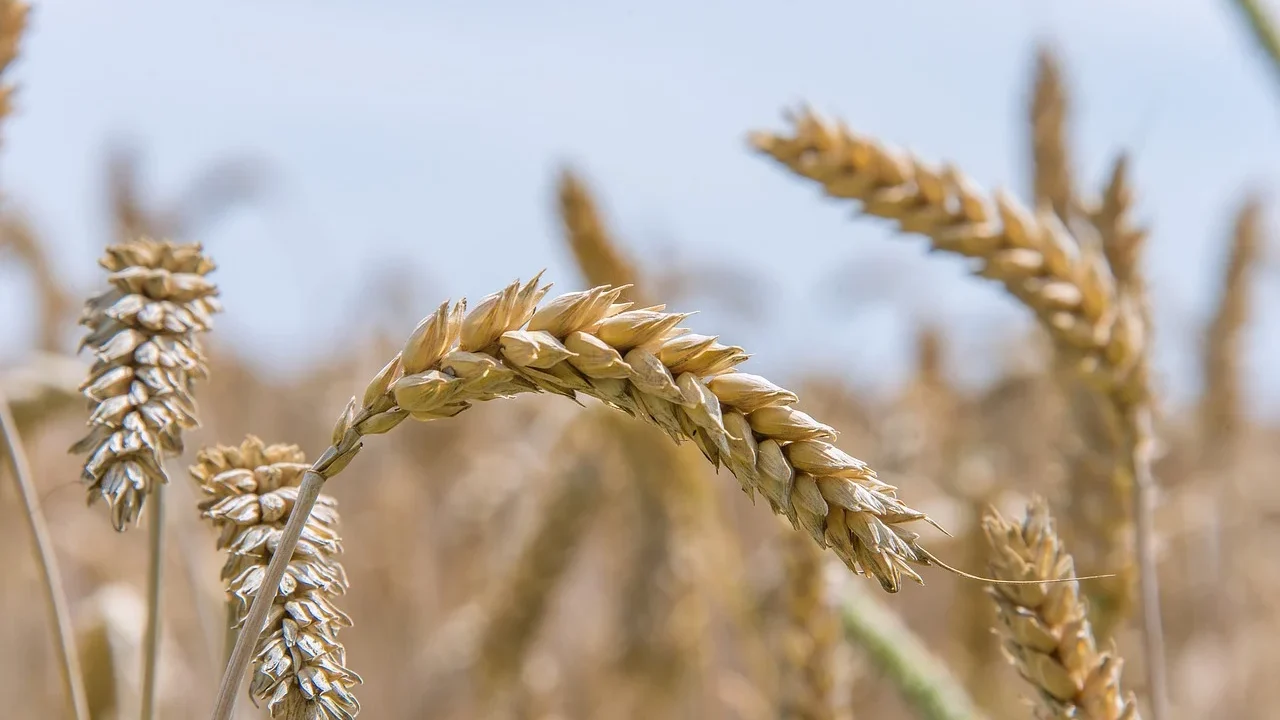Rothamsted scientists have uncovered how a family of genes in wheat fine-tunes the plant’s growth and grain development.
This is a breakthrough that could help breeders produce bigger harvests.
Their study focused on genes that regulate the production of gibberellins, which are natural plant hormones that drive growth.
By examining seven versions of GA3OX genes in bread wheat, the Rothamsted team found that different members of the gene family have distinct roles in shaping both plant stature and grain size.
Dr Stephen Pearce, a co-author of the Rothamsted study, said: “Our work shows how research into growth regulation pathways in wheat can guide the selection of gene variants that benefit farmers.
“Decades of work on the gibberellin pathway led us to target these genes, which could now help develop wheat with bigger grains.”
Mutations in one set of genes, known as GA3OX2, left wheat plants severely stunted and infertile, due to extremely low gibberellin levels throughout the plant.
By contrast, changes in GA3OX3 and GA1OX1 genes affected gibberellin levels, mainly in developing grains, with GA1OX1 mutants accumulated higher gibberellin levels, producing larger grains.
In addition, the study also revealed that grain-related genes can influence plant height, suggesting that hormones move between tissues more widely than previously thought.
Analysis of modern wheat varieties showed that breeders have already – perhaps unknowingly – selected natural versions of these genes linked with larger grain size.
The team of Rothamsted scientists involved with this work are pointing to new possibilities for crop improvement.
By harnessing natural genetic variation in hormone pathways, plant breeders may be able to balance plant height with grain yields more precisely, a longstanding goal in agriculture.
Soil pores
Meanwhile, another group of Rothamsted scientists have developed a simple, field-ready test that reveals how these pore networks that exist within soils change under different types of farming, and why they matter.
The focus is on macropores – larger openings formed by roots, worms and natural cracking.
These pores do not just let water drain quickly; they also control how air and nutrients circulate underground, shaping the activity of microbes that drive soil health.

Until now, studying macropores in detail often meant costly laboratory imaging. The Rothamsted team has refined an infiltration test so that it can detect when the biggest pores begin to empty.
By comparing these field results with high-resolution X-ray scans and direct measurements of soil respiration, the scientists showed the new method reliably captures differences in soil structure and function.
The work carried out up to this point has revealed clear contrasts.
Grassland soils, rich in macropores, support consistently higher microbial respiration than arable or bare fallow soil: even though all three had similar overall capacity to transmit water.
Rothamsted’s Dr. William Rickard commented: “We often think of soil as solid but in reality, it’s more like a sponge full of passages and chambers.
“These pores are where roots grow, microbes breathe, and water moves.
“For the first time, we have a straightforward field method that links this hidden structure directly to how soils function.
“This means we can track the fingerprints of land management on soil health directly in the field.”

